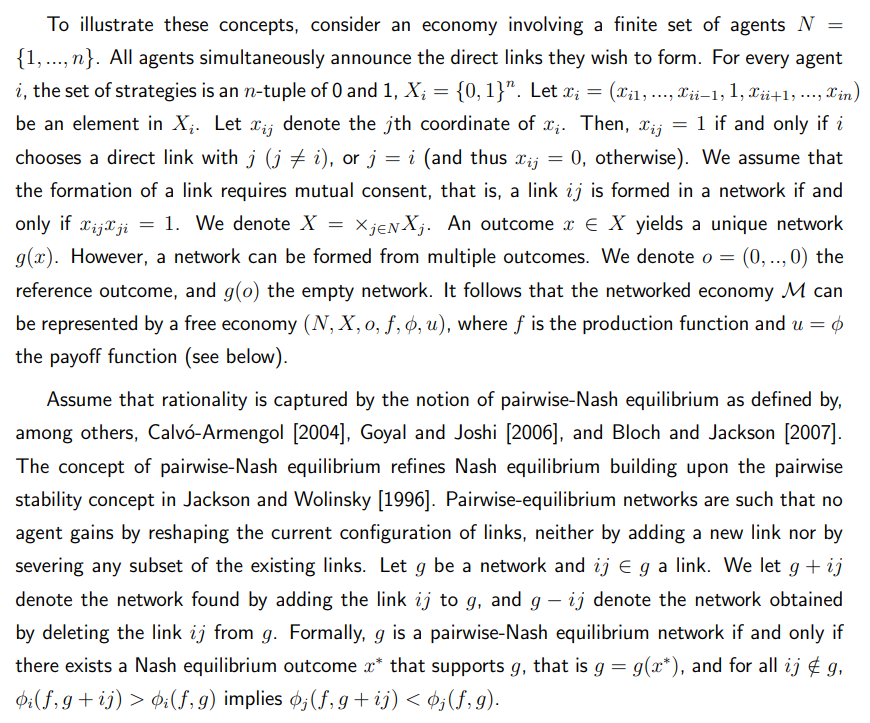Cryptocurrency-based yield products still lag far behind their traditional finance (TradFi) counterparts, but new blockchain sectors such as liquid staking tokens (LSTs) and real-world assets (RWAs) are steadily closing the gap, according to a new report co-authored by RedStone Oracles, Gauntlet, Stablewatch and the Tokenized Asset Coalition, shared with Cointelegraph.
Only 8% to 11% of cryptocurrencies offer passive yield-generating models, indicating a significant gap compared to 55% to 65% of TradFi assets, a fivefold disparity, the report found. However, stablecoins, RWAs and “blue-chip” yield tokens are rapidly closing decentralized finance’s (DeFi) passive income gap.
Emerging regulations, such as the Guiding and Establishing National Innovation for US Stablecoins (GENIUS) Act, passed in July, are helping the industry catch up, resulting in a rising demand for both yield-bearing stablecoins and RWAs, the report says. The GENIUS Act established clear rules for stablecoin collateralization and mandates compliance with Anti-Money Laundering laws.
RWAs, which are tokenized versions of traditional assets such as bonds or funds, are also introducing new sources of passive income as major institutions recognize the efficiency of onchain settlement.
Related: Sonic Labs pivots from speed to survival with business-first strategy
Ether and Solana LSTs gain traction
Blue-chip yield tokens, such as Ether (ETH) LSTs and Solana (SOL) LSTs, are also gaining traction by creating more capital efficiency for cryptocurrency stakers.
Ether Liquid Staking Tokens. Source: RedstoneETH LSTs rose from six million to 16 million in the two years leading up to November, gaining $34 billion in notional value based on today’s prices.
LSTs, such as Lido’s stETH (STETH), offer crypto stakers an equivalent of the staked token, which can be traded or deployed in other DeFi protocols, thereby creating more capital efficiency.
Related: Bitcoin ETFs roar back with $524M inflows in best day since market crash
Crypto yield-bearing assets poised for “exponential growth” in next months
Crypto yield-bearing assets are poised for “exponential growth” in the coming months and are set to benefit from the gap between DeFi and TradFi, according to the report, which called it “crypto’s greatest opportunity.”
“As the ‘Crypto-as-infrastructure’ thesis gains traction and onchain finance proves its superior capital efficiency, yield-generating crypto assets are positioned for exponential growth,” as institutional capital will seek more “efficiency,” it said.
Yield-generating tokens, such as Solana LSTs, are also gaining traction among institutions, as they can earn a passive yield of approximately 4% on top of their holdings.
SOL Liquid Staking Tokens. Source: RedStoneMuch like Ether, Solana LSTs doubled in supply, from 20 million in January 2024 to about 40 million at the time of writing, with a total of 67% of the Solana token supply now locked in staking smart contracts.
Magazine: Crypto wanted to overthrow banks, now it’s becoming them in stablecoin fight
Source: https://cointelegraph.com/news/crypto-yield-gap-narrows-defi-rwas-staking?utm_source=rss_feed&utm_medium=feed&utm_campaign=rss_partner_inbound



